At DSEI in London, BAE Systems and Thales announced a new stage in their collaboration on Royal Navy submarine sonar, signing a Memorandum of Understanding (MoU) that places Thales at the heart of the future enterprise.
Under the proposal, Thales would become the Main Sonar Design Authority and Integrator across the flotilla, consolidating its role in shaping the UK’s underwater warfare capability. The move is framed as an attempt to simplify delivery and accelerate the roll-out of new technology, though the announcement also highlights the challenge of sustaining a sovereign sonar base in a sector that remains highly specialised.
Thales already provides the Sonar 2087 system for surface ships and leads work on submarine sonars.
Paul Armstrong, Managing Director for Underwater Systems at Thales UK, said the deal recognises the stakes in an often invisible domain: “The underwater battlespace is one of the most complex and unforgiving environments in defence, where threats are often unseen but always present. By combining the complementary strengths of Thales and BAE Systems, we are bringing together world-class innovation and proven expertise to deliver cutting-edge sovereign capability for the UK.”
For BAE Systems, the arrangement is intended to bring greater coherence across multiple submarine programmes, including the next generation of attack boats. Henry Parker, Programme Director for Integrated Combat Systems, argued that “this MoU unlocks the opportunity to further improve how we work together across all of our submarine programmes and provides a clear and joint focus in delivering the UK sovereign sonar capability of the future.”
The two companies employ around 500 people in the UK sonar enterprise, with projections that this will rise to more than 660 as the future submarine pipeline gathers pace.
The announcement also comes as the government continues to stress the role of the defence industrial base in both strategic resilience and regional jobs, with Thales pointing to 200 additional staff tied to its sonar work for surface ships.


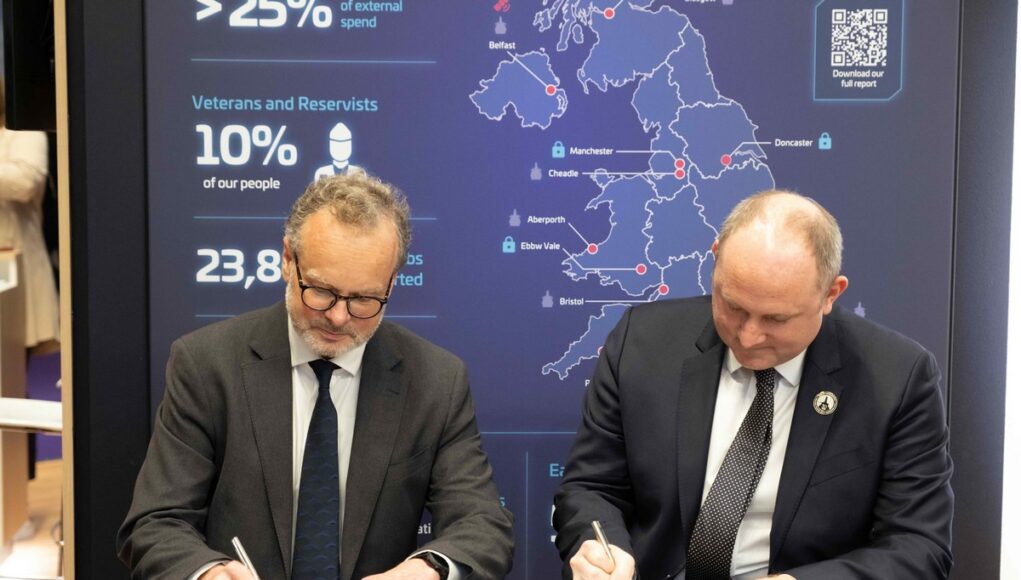
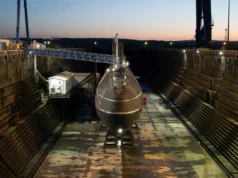
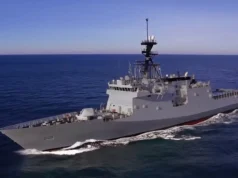
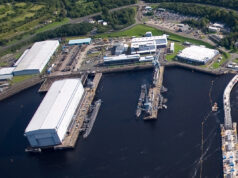


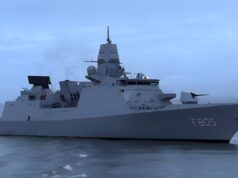

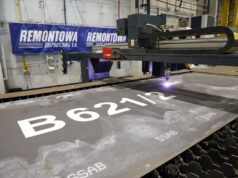
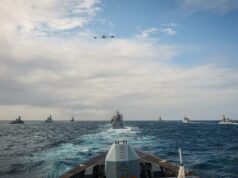


I have never been very happy about Thales owning these businesses in the UK. I can’t imagine France letting the UK own such sensitive weapons industry sights.
This sounds a lot like Thales trying to secure a monopoly on sonar systems, at least on BAE’s side of the market.
Not helpful when Thales are lagging behind in the sort of modular systems that are the way forwards for USVs.
Sonar systems for USVs aren’t where Thales are. They cover big boys toys as in ST 2087 and ST 2076 along side CMS and AEW systems. Dreadnought and AUKUS will have a derivative of ST 2076 as their main sonar system, so, plenty of work there for them, along with tailored training and support packages.
There aren’t many modular sonar systems for USVs currently on the market. The front runner for a slim line TA system is probably SEAs Krait sonar. There are probably a few active systems that might fit the bill, but we are not really ready to put something good enough to stand a chance of detecting a SM on a USV just yet. We are really still trying to understand what such vehicles can actually do, and ASW asset is still a long way off.
Deep,
Thanks for your post. Article describes the presumed BAES-Thales teaming relationship for Dreadnought and the RN variant of SSN-A. Please speculate re how painful the design/development process might prove if the RAN chooses a different sonar system supplier. Fortunately, both variants will evidently utilize a common CMS, but unbidden thoughts of the F-35 Block 4 software morass arise whenever potential multiple parallel development pathways are considered. The underlying concern is that the USN may also embrace this modular design philosophy and ultimately produce a non-functional sub fleet. 🤔😳😱🤞
Indeed, the Australians want US systems and AUKUS seemed to confirm that was the case, loss of UK CMS and sonar being the price to pay for US and Oz agreeing to the propulsion being UK built.
Ahhh, yes, design by committee. 🤔😳😱😉
Afternoon fella, my sympathies for what has just happened in the former colonies. It is indeed a sad day for free speech when a person’s views lead to his killing!
In response to ur queries, I don’t believe that it will not be anywhere as frought as the F35 Blk 4 saga is.
US blk 4 Virginia’s now have a very near identical sonar hardware fit as UK SSN/BNs. They have swapped their cylindrical bow arrays for our more conformation horseshoe bow array. They already have our flank array and have two towed arrays (both full fat and slimline) as opposed to our one full fat TA. The US will use its own proprietary sonar software to drive the hardware. UK/Aus units will utilise ‘next gen’ ST2076 sonar software to drive the hardware. This is already in the design/testing phase for our next gen SSBN/SSNs, will be fitted to Dreadnought in the not to distant future.
As for CMS, as all 4 different units all have 533mm TTs options masts etc, the hardware will in all likelihood be the same or as near makes no difference. The difference might well be in the software that drives/controls these systems. Despite what many might believe, it is entirely possible that two different software systems are used for the CMS. The only issue I can see is if the powers that be try to combine what they might perceive to be the best from both software systems. That has ample potential to turn into a cluster.
So, for example, a UK built Aus SSN might utilise a UK sonar, US CMS, to drive a mixture of US/UK external sensors (masts) firing US weapons. Whilst UK might go all UK with a smattering of US weapons in its VLS tubes. You get the gist.
Sorry, should read as ‘optronics’ mast.
Deep,
Thanks for your response. Your last thesis is precisely my cause for concern. When a wunderkind from a systems integrator states that it is intuitively obvious that one system from Column A, two from Column B, one from Column D, etc., should be integrated in the manner of a Chinese menu, it is time to guard one’s wallet. It is sometimes amazing how quickly contractors can change status reports from on-time, on-budget, effortless, smooth sailing, to this is an absolute clusterflock which will require unlimited time and resources to resolve. And if the contractor is astute and adroit enough, the blame can be shifted to the poor government shlubs nominally managing the programme. Trust me, it has, is and will happen in the future. Guaranteed.
It’s interesting. Do BAES have the financial heft to buyout Thales and IF they did, could US leaving AUKUS stage 1 leave the door open to an entirely ‘British’ offering?
Would Barrow be able to cope with the production schedule or would we a la T26, see an Astute or 3 leave for the Antipodeans?
We don’t have the submariners, the boats are going through a refresh, albeit slowly, and the Strayers are getting the shore-side facilities online and need the boats.
The tilt this would give in the Pacific would be enormous and although no match for the Chicoms would give the Chicoms cause for concern. Hmm
Finally, Letting Barrow deliver more future SSN would lower cost and deliver an improved fleet for both the RN and RAN; with that lower cost, could build personnel and order more platforms for the RN?
Feel free to shoot me down.
I don’t think the problem is BAE Systems having the financial heft to buyout Thales, it’s more the case that France would never allow it, as the French state owns 26.6% of Thales.
Aren’t the Thales UK sonar products basically variants of French designs now? How much is actually designed and manufactured here? They have closed several sites over the last 20 years…